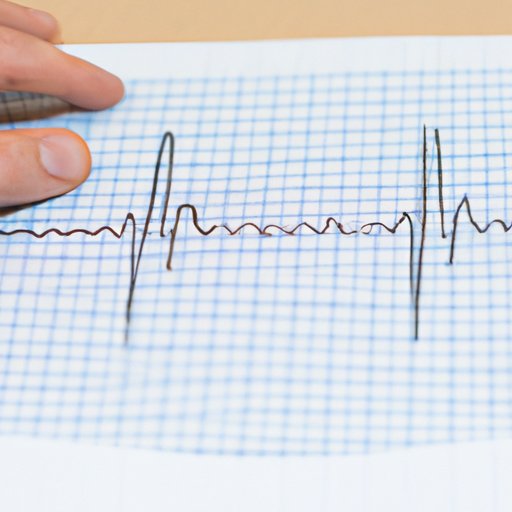Introduction
A polygraph test, commonly referred to as a “lie detector” test, is a type of psychological evaluation used to determine if someone is telling the truth or lying. The test measures a person’s physiological responses to a series of questions in order to assess whether they are being truthful. Depending on the situation, a person may be asked to take a polygraph test in order to prove their innocence or guilt in a criminal case, or as part of a job application process.
A Step-By-Step Guide to Understanding How a Polygraph Works
In order to understand how a polygraph works, it’s important to first look at the different components of the test. During a polygraph test, the person being tested is connected to a machine that measures their physiological responses. These responses include changes in breathing, heart rate, and sweat gland activity. The examiner then asks the person a series of questions while monitoring these physiological responses.
The process of administering a polygraph test involves several steps. First, the examiner will meet with the person being tested and explain the purpose of the test. The examiner will then ask the person a series of questions designed to establish a baseline for their physiological responses. This is known as a pre-test interview. Next, the examiner will attach sensors to the person’s body in order to measure their physiological responses. The examiner will then ask the person a series of questions and compare their responses to the baseline established during the pre-test interview. Finally, the examiner will analyze the results and make a determination about the person’s truthfulness.
During the actual examination, the examiner will use a variety of techniques in order to assess the person’s responses. These techniques include asking questions in a particular order, repeating certain questions, and changing the way a question is phrased. The examiner will also look for any signs of deception, such as increased sweating or changes in breathing patterns, which can indicate that the person is being untruthful.
Examining the Accuracy and Reliability of Polygraph Tests
The science behind polygraph tests is based on the idea that when a person lies, their body will produce physiological responses that can be measured and analyzed. While there is some debate over the accuracy and reliability of polygraph tests, research suggests that they can be a useful tool for detecting deception. According to a study published in the journal Psychological Science, researchers found that polygraph tests were able to accurately detect deception in approximately 80% of cases.
Despite this, there are still many misconceptions about how polygraphs work and their accuracy. One common myth is that polygraph tests can detect any kind of lie, regardless of the context. However, this is not true. Polygraph tests are only able to detect deceptive answers to specific questions. Additionally, polygraph tests are not 100% accurate and can be influenced by factors such as anxiety and stress.
Conclusion
In conclusion, a polygraph test is a type of psychological evaluation used to determine if someone is telling the truth or lying. The test measures a person’s physiological responses to a series of questions and is administered using a variety of techniques in order to assess the person’s responses. Research suggests that polygraph tests are generally accurate, but they are not 100% reliable. It’s important to remember that polygraphs can only detect deceptive answers to specific questions, and that other factors such as anxiety and stress can influence the results.
(Note: Is this article not meeting your expectations? Do you have knowledge or insights to share? Unlock new opportunities and expand your reach by joining our authors team. Click Registration to join us and share your expertise with our readers.)
